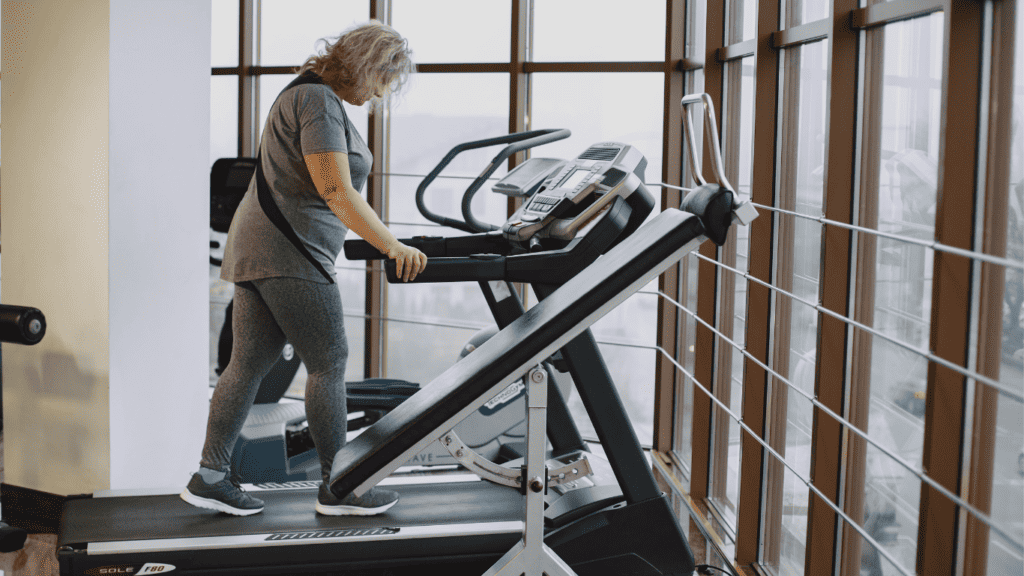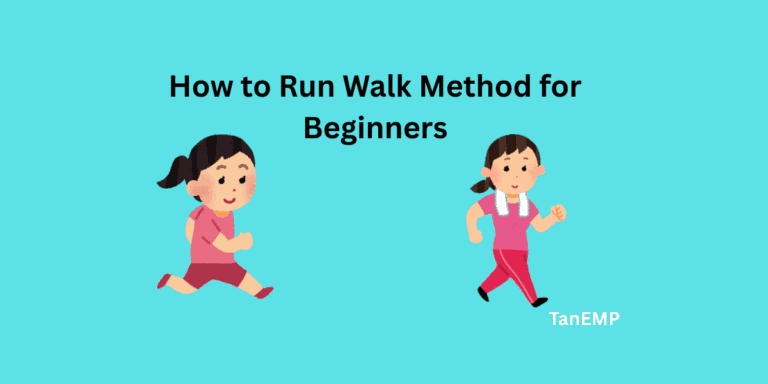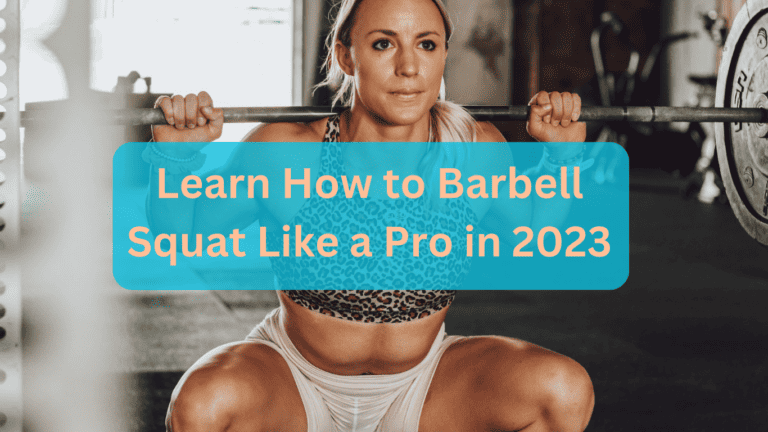13 Tips for How to Run Properly on Treadmill (Beginner-Friendly Guide 2025)

Struggling to run properly on a treadmill? You’re not alone.
Treadmill running might look easy — hop on, hit start, and go — but if you’re used to running outdoors, it can feel awkward fast. The steady pace doesn’t adjust to your rhythm, and one wrong step feels like a wipeout waiting to happen.
As a busy dad, I couldn’t always get outside, so the treadmill became my fallback. But I’ll be honest — it wasn’t love at first run. I missed the freedom of setting my own pace, the open air, and the scenery.
Turns out I wasn’t the only one. Many outdoor runners struggle with the transition to indoor running. It feels different. Mentally and physically.
The good news? With a few small adjustments, treadmill running gets much easier — even enjoyable. This guide walks you through the tips I wish I had when I started, so you can run safer, stronger, and with way more confidence.
💡 Just getting started? These beginner tips and how to start running can help you build your base and stay motivated.
Why Learn How to Run Properly on a Treadmill?
Treadmills are super convenient — rain or shine, early morning or late at night. But they also account for more workout-related injuries than any other home fitness equipment, according to ACSM’s Health & Fitness Journal.
That’s why learning proper running form, pacing, and breathing technique is so important, especially for beginner runners.
🏃♂️ Want to fix your form? Check out our guide to proper running form for beginners.
These treadmill running tips will help you avoid common mistakes and run confidently from warm-up to cool down.
11 Tips for How to Run Properly On a Treadmill?
Tip #1: Always Start With a Warm-Up
Start every run with 5–10 minutes at a comfortable warm-up pace, like a brisk walk or slow jog. It preps your muscles, steadies your breath, and eases you into motion.
Skipping the warm-up increases your injury risk — and honestly, it just makes the whole run feel harder.
👉 Try this 5-minute running warm-up to get started.
Pro tip: Maintain a comfortable warm-up pace — rushing it can throw off your stride from the start.
Tip #2: Learn the Treadmill Console
Speed. Incline. Stop button. Safety key. Most treadmills have similar controls, but it helps to get familiar with yours before hitting start.
Understanding your treadmill console is key to using the treadmill safely, especially during a fast-moving treadmill session. Know how to stop the belt, adjust speed smoothly, and change incline quickly.
Tip #3: Start Slow — Let Your Body Adjust

That moving belt can feel fast, even at a walking pace. If you’re new to treadmill running, don’t be afraid to start slower than you think you need.
Ease in, let your body find its rhythm, and build up gradually. Jumping into a fast pace too soon can lead to poor running form and possible injury.
🎯 Want a gentler start? Try the run-walk method to build endurance without burnout.
Related Post: 11 Best Incline Treadmill in 2023
Tip #4: Keep Your Toes Pointed Straight
A small adjustment that makes a big difference. If your toes angle in or out, it can throw off your alignment and lead to pain in your knees or hips.
Look down at your feet — they should point straight ahead. This helps support a more natural running form and smoother stride throughout your entire run.
Tips #5: Set the Incline

Flat running on a treadmill can feel stiff. Adding a slight incline (1–2%) mimics outdoor conditions, improves posture, and supports better treadmill running technique, without overstraining your muscles.
☀️ Prefer early runs? Here’s how the benefits of running in the morning pair perfectly with indoor workouts like treadmill runs.
Tip #6: Pick the Right Speed for You
There’s no perfect number here — just a pace that feels right for you. If you’re breathing hard, losing form, or feeling tense, slow it down.
Many new runners go too fast too soon — especially on treadmills. Unlike running outdoors, where your speed shifts naturally, treadmills lock you into a steady pace. That can lead to overuse injuries if your body’s not ready.
Start at a slow pace and build up gradually. You should feel in control, not like you’re fighting the machine the entire run.
Tip #7: Don’t Forget Your Arms

Let your arms swing naturally at your sides, bent at about 90 degrees. Keep them relaxed, moving front to back, not across your body.
A good arm swing supports rhythm and balance. Resist the urge to hold the rails — it disrupts your form and stride. Having a good arm swing will keep your body upright during your run.
Tip #8: Stand Tall — Don’t Lean Too Much
It’s tempting to lean forward when you’re focused on the treadmill screen or feeling unsure about your footing, but that posture can throw off your stride and make breathing harder.
Try to run tall with your chest open, shoulders relaxed, and eyes facing forward. A slight forward lean from the ankles is okay (and even helpful), but avoid hunching at the waist or craning your neck down.
Think: “light on your feet, tall in your spine.” Keeping a balanced, upright position throughout your run helps maintain proper form and reduces fatigue, especially during longer sessions.
Tip: If you’re new to running, you don’t need perfect form — just aim for an upright posture and avoid excessive lean forward habits that can lead to discomfort or injury.
Tip #9: Breathe With Rhythm
Breathing can feel harder on the treadmill — there’s no breeze and the pace is fixed.
Inhale through your nose or nose + mouth, and exhale a little longer through your mouth. Matching your breath to your steps helps manage effort.
🌬️ Need help? Here’s a full guide on how to breathe while running.
Tip #10: Focus on Stride and Cadence
Many beginners overstride, landing with their foot too far in front of their body. That adds impact and throws off rhythm.
Instead, take quick, light steps under your center of gravity. Improving your treadmill running technique here boosts comfort and reduces strain.
🦶 Want to fine-tune your stride? Here’s how to improve your running cadence — it makes a huge difference in how smooth your run feels.
Tip #11: Keep Your Eyes Straight Ahead
Looking down at the belt or screen can throw off your posture. Keep your gaze forward and relaxed.
This protects your alignment, reduces neck tension, and keeps you more balanced, especially on longer runs.
🌙 Prefer late-night workouts? Here’s how running at night compares — and why treadmills work great for either.
Tip #12: Choose the Right Shoes
Even on a soft belt, your feet take a beating. Don’t rely on worn-out gym shoes.
Wear proper treadmill running shoes that match your gait. It’ll reduce impact and help you feel stable and supported.
👉 Not sure where to start? Check out our top picks for treadmill shoes.
Tip #13: Cool Down and Stretch

Don’t just hit stop and jump off. Cool down with a few minutes of walking to gradually bring your heart rate down.
Then stretch key muscles — quads, hamstrings, calves, and hips — while they’re still warm. Static stretching helps prevent tightness later.
🧘 Try this post-run stretching routine to stay flexible and recover faster.
Final Treadmill Tips for Beginners
To get the most out of your treadmill workouts:
- ✅ Warm up and cool down every session
- ✅ Use a slight incline to mimic real terrain
- ✅ Focus on maintaining natural running form
- ✅ Sync your breathing with your steps
- ✅ Avoid repeating the same workout every time
- ✅ Know your treadmill console and use the safety key
- ✅ Hydrate, stretch, and listen to your body
🕐 Not sure when to run? See our guide to running in the morning vs. night — both can work great with the treadmill.
Conclusion
Learning how to run properly on a treadmill takes practice, but it’s one of the easiest ways to stay consistent and build real progress.
Whether you’re chasing a goal, getting back into shape, or just trying to make time for fitness, this space-saving machine has your back.
You don’t need to be perfect. You just need to keep showing up.
Looking to mix things up on the treadmill?
Check out this HIIT treadmill workout for beginners — it’s a great way to raise your heart rate, burn more calories, and add variety to your routine.
FAQ
What is the 12-3-30 treadmill workout?
It’s a popular routine where you walk at a 12% incline, 3 mph, for 30 minutes. It’s beginner-friendly but challenging. If you’re new, reduce the incline and build up.
How do I stay consistent on the treadmill?
Have a plan. Set a few weekly blocks, mix up workouts, and track progress. Don’t aim for perfection — just stay consistent. Start with the Couch to 5K Plan if you need structure.
How do I train myself to run on a treadmill?
Begin with walking or light jogging intervals. Focus on form and pacing. Gradually increase duration and incline as your body adapts.
What’s the best treadmill pace for beginners?
Most new runners are comfortable around 4–5.5 mph. Start at a slow pace where you feel in control. Let comfort guide your speed, not ego.





